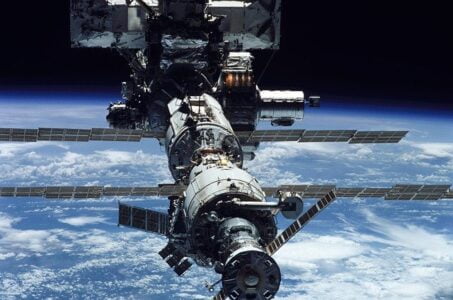Russia Hopes to Launch Its Own Orbital Space Station in 2025
Context:
Russia’s space agency said Tuesday it hoped to launch its own orbital station in 2025 as Moscow considers withdrawing from the International Space Station Programme to go it alone.
Key Highlights:
- As tensions simmer between Russia and a number of Western countries on the ground, the head of the Russian space agency has announced work has begun on a space station of its own.
- The International Space Station (ISS) was launched in 1998 by the Russian and US space agencies and has been hailed for its exemplary co-operation involving numerous countries.
- Russian officials have indicated they could pull out of the ISS in 2025 as the station’s structure is ageing.
- Russia’s Roscosmos space agency says its agreement with international partners runs out in 2024. A decision on the ISS’ future will then be made on the condition of its technical modules, which have “reached the end of their service life”, and on Russia’s plans for its own orbital service station.
- We can’t risk the lives [of our cosmonauts]. The situation that today is connected to the structure and the metal getting old, it can lead to irreversible consequences – to catastrophe. We mustn’t let that happen,” Deputy Prime Minister Yuri Borisov was quoting as telling state TV.
International Space Station
- The International Space Station (ISS) is a modular space station (habitable artificial satellite) in low Earth orbit.
- The ISS programme is a multi-national collaborative project between five participating space agencies:
- NASA (United States),
- Roscosmos (Russia),
- JAXA (Japan),
- ESA (Europe),
- CSA (Canada).
- The ownership and use of the space station is established by intergovernmental treaties and agreements.
- The ISS serves as a microgravity and space environment research laboratory in which scientific experiments are conducted in astrobiology, astronomy, meteorology, physics, and other fields.
- The station is suited for testing the spacecraft systems and equipment required for possible future long-duration missions to the Moon and Mars.
- It is the largest artificial object in space and the largest satellite in low Earth orbit, regularly visible to the naked eye from Earth’s surface.
- The ISS circles the Earth in roughly 93 minutes, completing 15.5 orbits per day.

